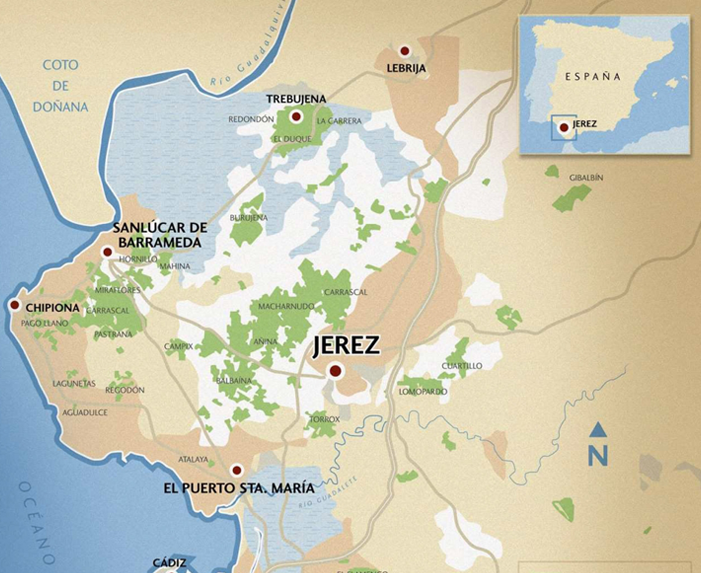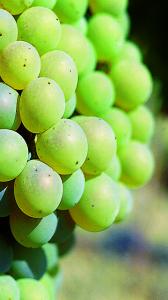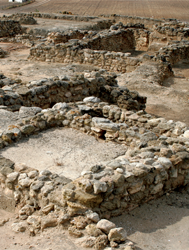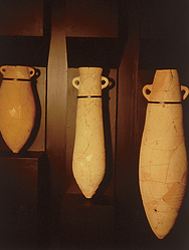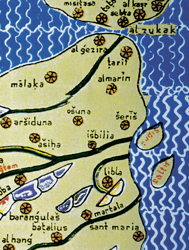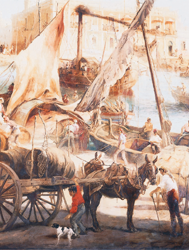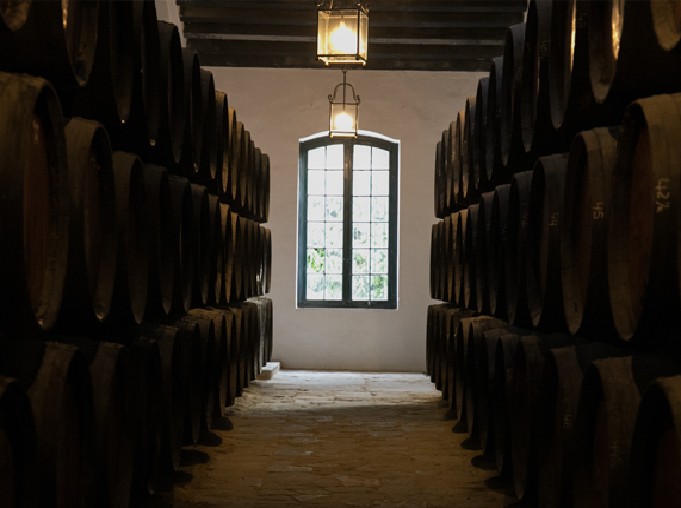- The legacy -
A brief history of sherry wine
Over 3,000 years, Jerez has been shaped by diverse civilisations and circumstances. These have influenced not only its winemaking culture, but the deepest aspects of a region whose very name is evidence of its cultural plurality.
Xera
In the year 1,100 B.C., the first vineyards arrive with the Phoenicians. In addition to instilling the art of quality wine production in the region, they christen it as Xera.
Ceret
Roman rule in 138 B.C. marks the first milestone in the internationalisation of these wines, sparking an important trade flow from Ceret (now Jerez) toward the great Roman cities.
Sherish
The Arab invasion begins in 711 A.D. and lasts more than five centuries. During this time, the production and commercialisation of wines from Sherish, as it was then known, remains a highly important activity despite the Quran’s prohibition of alcohol.
Xerez
The town becomes a border of the Reconquista – hence the origin of the name Xerez de la Frontera. In the 12th century, Henry I decides to exchange sherry for English wool, leading to the popularisation of these wines in the British Isles.
Jerez
The discovery of the Americas and the continued expansion of Jerez creates a need to store large quantities of wine, giving rise to the system of criaderas and soleras.
Two hundred years ago, the velo de flor emerges by accident. This natural phenomenon occurs only at wineries in the Marco de Jerez, and changes the history of sherry forever.
In 1894, phylloxera devastates the vineyards, forcing vintners to graft the region’s vines with the roots of stronger American varieties.





